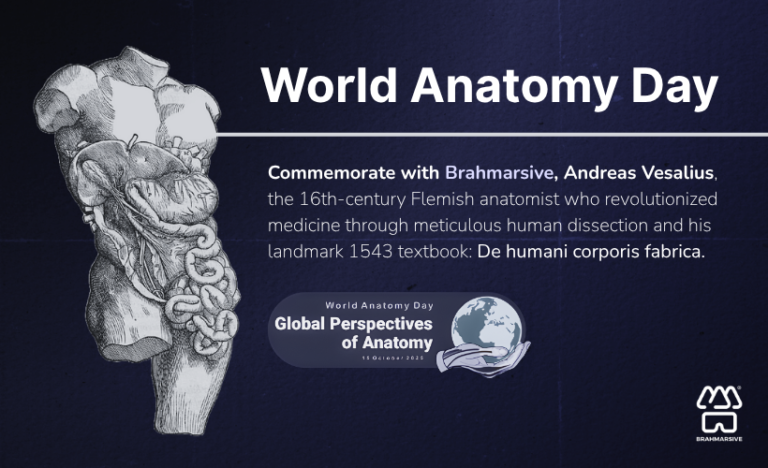The advent of digital cadavers has ushered in a new era of medical education, offering unprecedented opportunities for anatomical exploration. However, the potential of this technology is contingent upon the establishment of robust standards and consistency in their development and application. This blog delves into the critical importance of standardization in digital cadavers, examining global trends and challenges, and exploring potential solutions.
The Need for Standardization
The human body is remarkably complex, with intricate variations between individuals. To ensure that digital cadavers accurately represent anatomical structures and relationships, a high degree of standardization is essential. Without it, students may encounter inconsistencies between different models, leading to confusion and hindering their learning process.
Furthermore, standardization facilitates:
Comparative studies: Researchers can more effectively compare data from different studies when using standardized digital cadavers.
Interoperability: Digital cadavers can be seamlessly integrated into various software and hardware platforms.
Quality assurance: Standardized models undergo rigorous quality control, ensuring accuracy and reliability.
Global Landscape of Digital Cadaver Standardization
The development of standards for digital cadavers is an ongoing process with varying levels of progress across different regions.
North America: The United States and Canada have been at the forefront of digital cadaver adoption, with a growing emphasis on standardization. Organizations like the Association for Medical Education in Europe (AMEE) and the Anatomical Society of Great Britain and Ireland (ASGBI) are actively involved in developing guidelines. (Source)
Europe: The European Union has recognized the importance of standardization in healthcare and has initiated projects to address the specific needs of digital cadavers. (Source)
Asia: While the adoption of digital cadavers is rapidly increasing in countries like China, India, and Japan, the development of comprehensive standardization frameworks is still in its early stages. (Source)
Australia and New Zealand: These countries have made significant strides in digital cadaver education and research, with a strong focus on standardization to ensure quality and consistency. (Source)
Challenges and Opportunities
Despite the growing recognition of the need for standardization, several challenges persist:
Data acquisition: Obtaining high-quality anatomical data for creating accurate digital models can be time-consuming and expensive.
Modeling techniques: Different software packages and modeling techniques can produce varying results, affecting consistency.
Terminology and nomenclature: Inconsistent use of anatomical terms can lead to misunderstandings and errors.
Ethical considerations: Ensuring the ethical use of human data in creating digital cadavers is crucial.
However, these challenges also present opportunities for innovation and collaboration:
Open-source platforms: Developing open-source platforms for creating and sharing digital cadavers can foster collaboration and accelerate standardization.
Data sharing initiatives: Encouraging data sharing among institutions can contribute to a larger and more diverse dataset for model development.
Harmonization of standards: Collaborating with international organizations to develop harmonized standards can facilitate global interoperability.
Potential Solutions
To address these challenges and promote standardization, the following strategies can be implemented:
Establish core anatomical datasets: Create standardized datasets of essential anatomical structures to serve as a foundation for digital cadaver development.
Develop clear guidelines and protocols: Create detailed guidelines for data acquisition, modeling, and visualization to ensure consistency.
Promote interoperability: Encourage the use of open standards and formats to facilitate data exchange and integration.
Establish certification and accreditation programs: Implement quality assurance mechanisms to verify the accuracy and reliability of digital cadavers.
Foster collaboration: Encourage collaboration among researchers, educators, and industry to share knowledge and resources.
The Future of Digital Cadavers
Standardization is essential for realizing the full potential of digital cadavers in medical education and research. By addressing the challenges and implementing effective solutions, we can create a future where digital cadavers are universally recognized as reliable and accurate representations of the human body.





